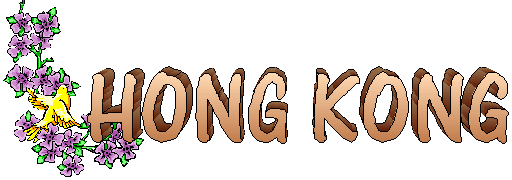|
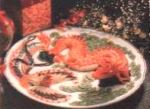
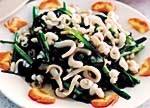
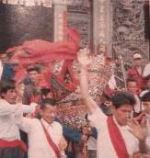
<BGSOUND SRC="jarre4.mid"LOOP="infinite">
|
 Hong Kong draws from 3,000 years of Chinese culture and mixes it with over 100 years of British influence to form a hotchpotch of heritage that, like everything else about the place, defies categorizing.
With a little luck and good timing, you will be able to join in one of the territory’s many colourful festivals. It always seems to be festival here, with holidays celebrating heavenly forces, appeasing ancestral spirits or honoring legendary heroes. Whatever the occasion, bring your camera. Lion dances, Dragon Boat races and Bun Festival parades all make prime photo album material.
Hong Kong draws from 3,000 years of Chinese culture and mixes it with over 100 years of British influence to form a hotchpotch of heritage that, like everything else about the place, defies categorizing.
With a little luck and good timing, you will be able to join in one of the territory’s many colourful festivals. It always seems to be festival here, with holidays celebrating heavenly forces, appeasing ancestral spirits or honoring legendary heroes. Whatever the occasion, bring your camera. Lion dances, Dragon Boat races and Bun Festival parades all make prime photo album material.
The Tin Hau Festival honors the goddess of the sea, in the form of beautifully decorated fishing junks. Mid-Autumn Festival is celebrated by lantern light, and everyone eats Mooncakes. Chinese New Year comes in with a bang, with fireworks over the harbour, lucky lycee money, and an entire year’s worth of good fortune.
The blending of east with west is not always readily apparent. All of those ultra-modern high-tech buildings you see would never even have made it off the drawing board without the fung shui man’s approval. Fung Shui is the ancient geomancy system of choosing building sites, and even arranging furniture, to harmonise with the earth’s forces and bring good fortune. Fung Shui is big business, especially today. When you go into the Hong KongBank, pause at the entrance and observe the two stone lions, male and female, one on either side. They’re not just there for decoration.
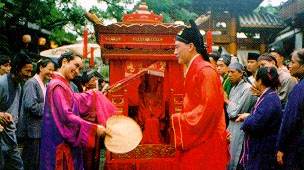 Hong Kong has hundreds of Buddhist and Taoist temples that are living museums, with antique carvings, giant coils of burning incense and a dazzling pantheon of gods and goddess. There is also a magnificent mosque, serene hillside monasteries and stoic old colonial churches.
You’ll find reminders of the past all over the territory, from Sung Dynasty and pre-historic carvings, to a Han Dynasty tomb, preserved in the middle of a housing estate. Some of the rock formations and hills are part of legends that go back hundreds of years.
Museums offer insights into the history and culture of China. The Museum of Chinese Historical Relics mounts exhibitions arranged by museums in China. And changing displays of srtistic treasures can be viewed at the Hong Kong Museum of Art. A colonial-era military commander’s house is the charming setting for the Museum of Teaware. The Museum of History and Sung Dynasty Village offer glimpses into a Hong Kong and a China that have slipped forever into the past. Hong Kong has hundreds of Buddhist and Taoist temples that are living museums, with antique carvings, giant coils of burning incense and a dazzling pantheon of gods and goddess. There is also a magnificent mosque, serene hillside monasteries and stoic old colonial churches.
You’ll find reminders of the past all over the territory, from Sung Dynasty and pre-historic carvings, to a Han Dynasty tomb, preserved in the middle of a housing estate. Some of the rock formations and hills are part of legends that go back hundreds of years.
Museums offer insights into the history and culture of China. The Museum of Chinese Historical Relics mounts exhibitions arranged by museums in China. And changing displays of srtistic treasures can be viewed at the Hong Kong Museum of Art. A colonial-era military commander’s house is the charming setting for the Museum of Teaware. The Museum of History and Sung Dynasty Village offer glimpses into a Hong Kong and a China that have slipped forever into the past.
Chinese heritage is everywhere apparent, but Hong Kong’s special charm lies in the natural blending of east with west, as skyscraper and temple, junk and yacht, local market and shopping emporium live together in a complex harmony.
|

